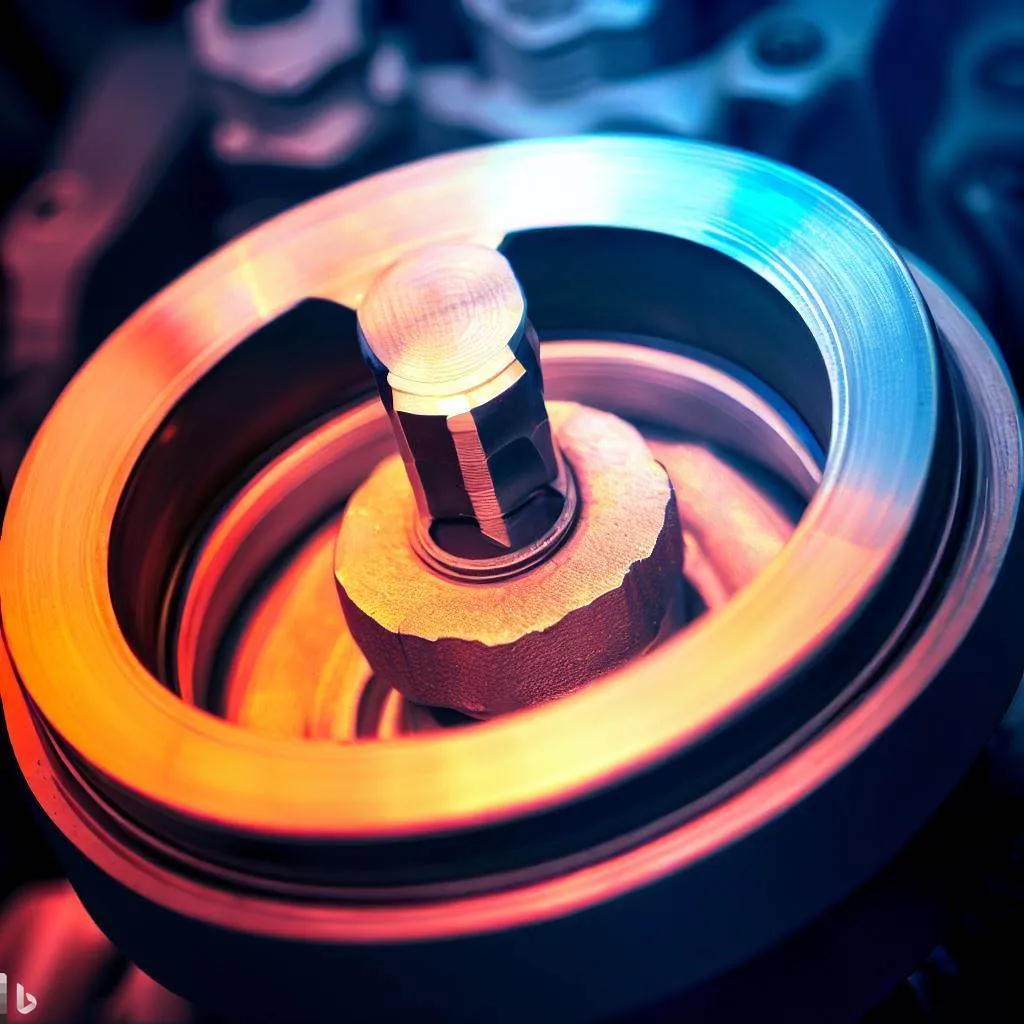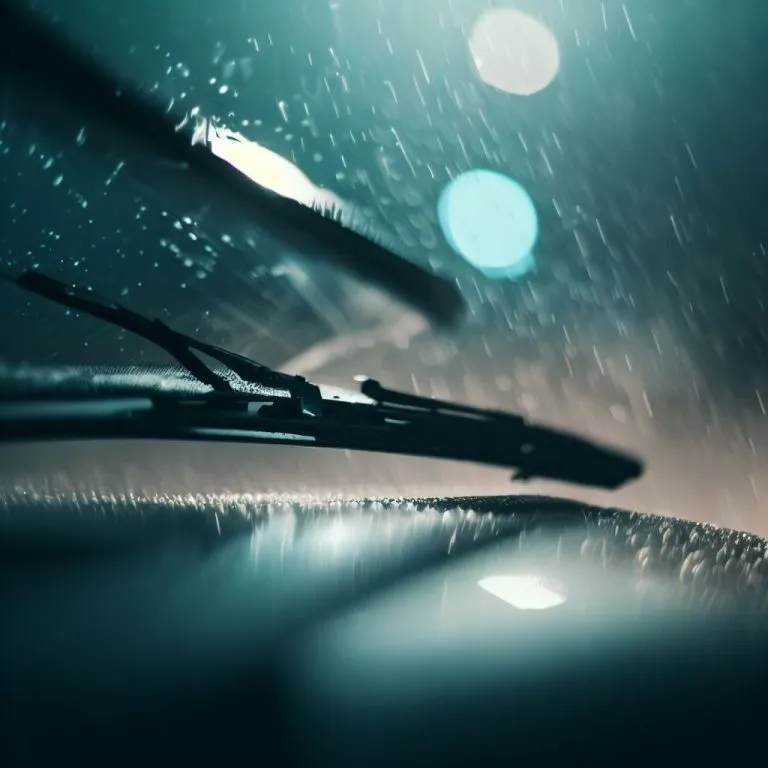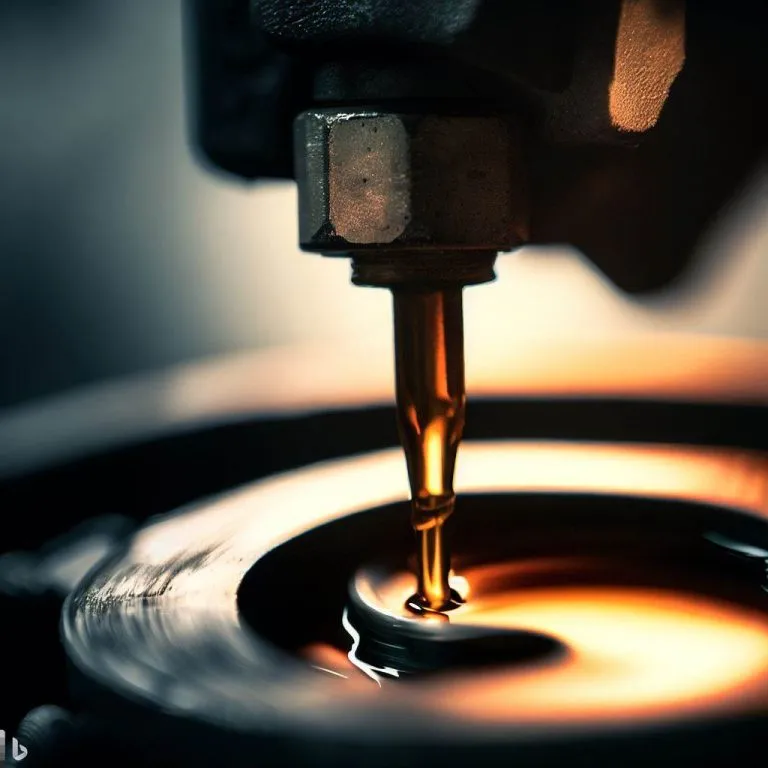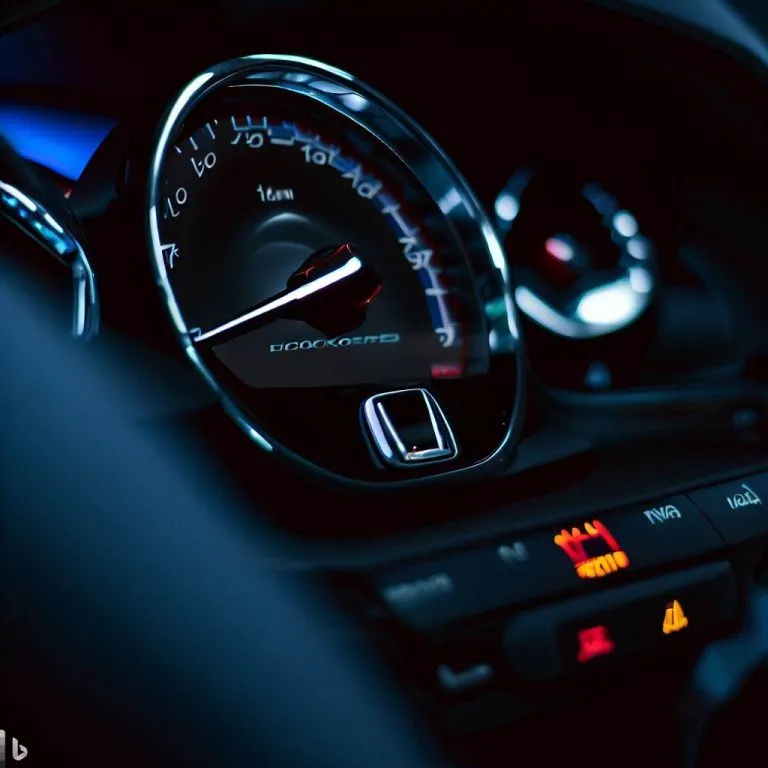How do you Push Back the Brake Piston without Tools?
Easy and Cheap way to Compress a Brake Caliper Piston
If you’ve ever had to change your brake pads, you know that pushing back the brake piston is one of the most annoying parts. It’s hard to do without the right tool, and if you don’t do it correctly, you can damage your brakes.
This article will show you how to push back the brake piston without a tool so that you can change your brake pads quickly and easily.
Why You Need To Push-back The Brake Piston?
When replacing your brake pads, you must push back the caliper piston so the new pads can fit. Pushing the pistons back in will result in your brakes won’t work correctly and could cause severe damage to your car.
There are a few different methods for reinserting the pistons, but the ideal one is to use a brake calipers piston tool. This tool is made specifically for this task and will make reinstalling the pistons considerably easier while preventing damage to them.
If you don’t have a brake caliper piston tool, there are other ways to do it, but it’s more complex, and there’s a greater chance of damaging the pistons. This article will show you how to push back the brake piston without a tool.
What Will Happen If You Don’t Push The Brake Piston?
The new brake pads won’t fit properly if the piston isn’t pushed back in. Thus, this will cause the brakes to rub on the rotors, creating a lot of friction and heat. This can damage the brake pads, rotors, and calipers. It may also result in lower braking effectiveness and premature component wear.
Additionally, if the brake piston is not pushed back in far enough, it can cause the brakes to drag. This happens because the caliper cannot release fully when the brakes are applied. The result is increased wear on the brake pads and reduced fuel economy.
What Can We Use Instead Of A Brake Caliper Piston Tool?
There are several ways to push back the brake piston without using a tool. One way is to use a large C-clamp.
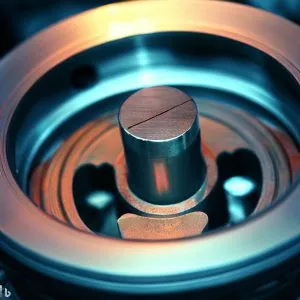
If you use a C-clamp, ensure it’s big enough to fit over the top of the piston. You don’t want to damage the piston by using a C-clamp that’s too small. Place the C-clamp over the top of the piston and tighten it until the piston starts to move. Once the piston starts to move, tighten the C-clamp more until the piston fully retracts.
If you use a piece of wood or a rubber mallet, place it against the back of the caliper housing and tap it gently until the piston starts to move. Once the piston starts to move, continue tapping until it completely retracts.
Once the piston completely retracts, you can remove and replace your vehicle’s brake pads.
How to Push-back the brake piston without the tools?
The brake piston is inside the brake caliper. When you press the brake pedal, fluid from the master cylinder pushes against the piston, which presses the brake pads against the rotor. Over time, the pads and rotor wear down, and to keep the pads and rotor in optimal contact; the piston needs to be pushed back.
There are several ways to push back a brake piston without tools. The most common methods are using a C-clamp, screwdriver, or wrench.
1. C-clamp method:
If you have a c-clamp, this is the easiest way to push your brake piston back in.
- First, loosen the bleeder screw on your caliper so that fluid can escape as the piston is pushed back in.
- Next, place the c-clamp around the outside caliper, ensuring that the clamp’s jaws are on either side of the piston.
- Tighten the clamp until it begins to push the piston back into the caliper bore.
- Once the piston is fully seated, remove the c-clamp and tighten the bleeder screw.
- As you do this, keep an eye on your brake fluid level and replenish it as necessary.
2. Screwdriver Method:
If you don’t have a C-clamp or a wrench, you can use a screwdriver to push back the brake piston:
- Remove the reservoir lid from the brake fluid and turn the bleeder valve counterclockwise.
- Place the screwdriver’s tip against the back of the brake piston and push it in until it’s flush with the caliper.
- After tightening the bleeder valve counterclockwise, replace the top on the brake fluid reservoir.
3. Wrench Method:
If you don’t have a C-clamp or a screwdriver, you can use a wrench to push the brake piston back into the caliper. This method is a little more complicated, so ensure you have a good grip on the piston before starting.
- Loosen the bleeder screw on the caliper with a wrench.
- 2. Place the wrench around the piston and turn it clockwise until the piston starts to move.
- 3. Once the piston has started moving, continue turning it until it completely retracts into the caliper.
- 4. Tighten the bleeder screw and remove the wrench.
- 5. Pump the brake pedal several times to ensure the brakes are working correctly before driving off..
What to do if the brake caliper doesn’t compress?
If your brake caliper does not compress, you can do a few things:
- Check to see if the piston is frozen. If it is, you will need to thaw it out before proceeding.
- Check to see whether the caliper is stuck. If so, you will need to replace it.
- Check if anything is stopping the caliper from moving. If so, remove the obstruction and try again.
- The complete brake system may need to be replaced if all else fails.

